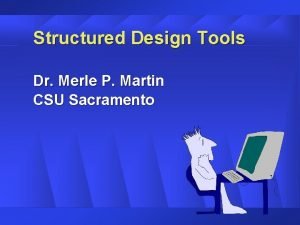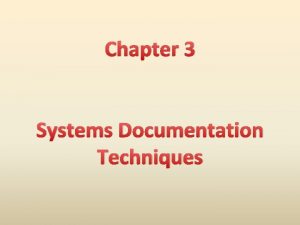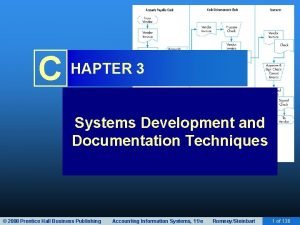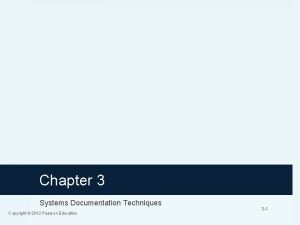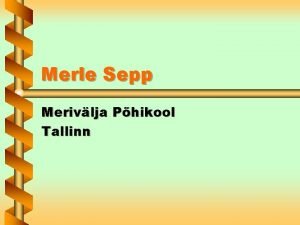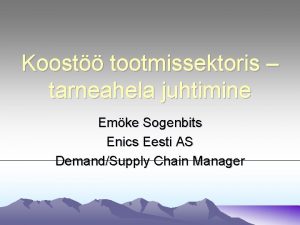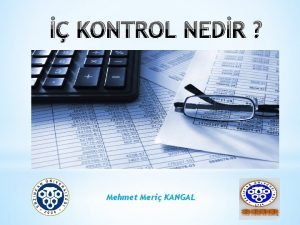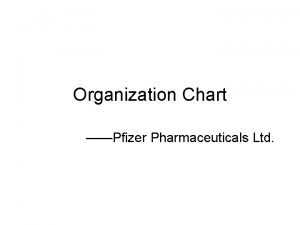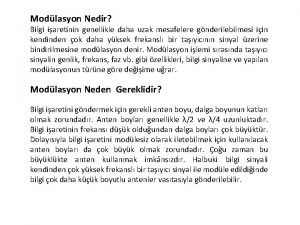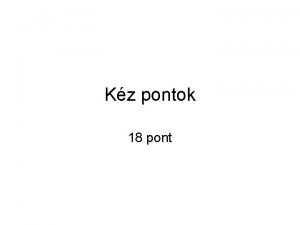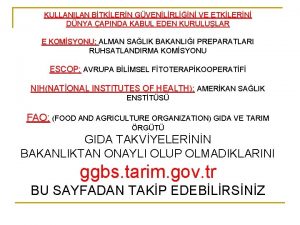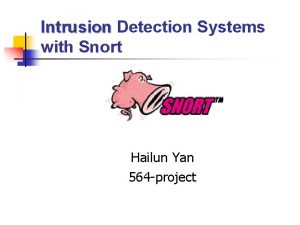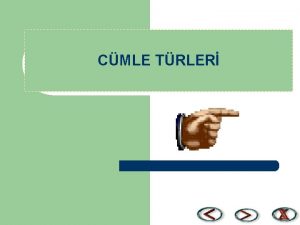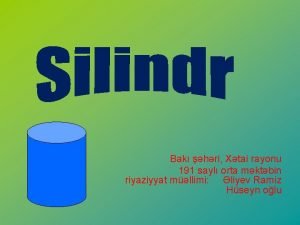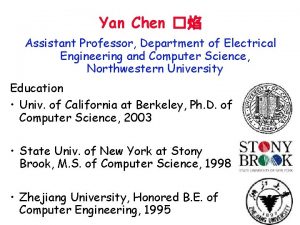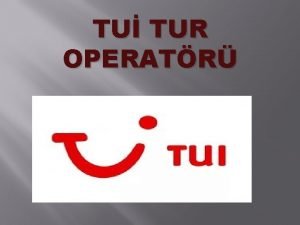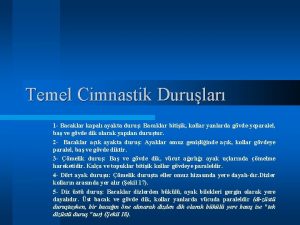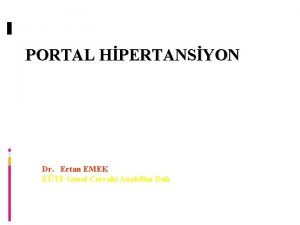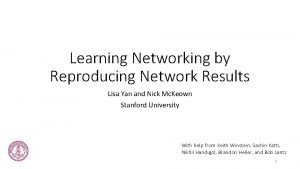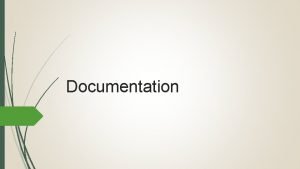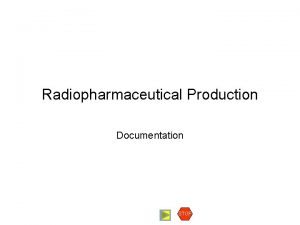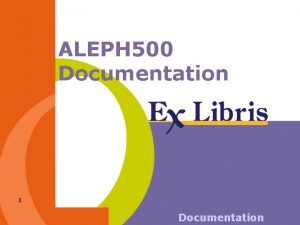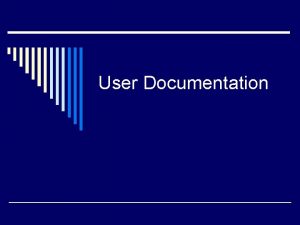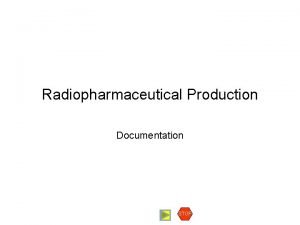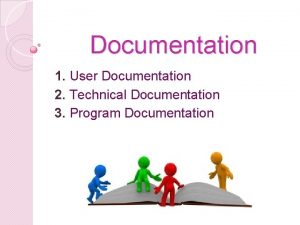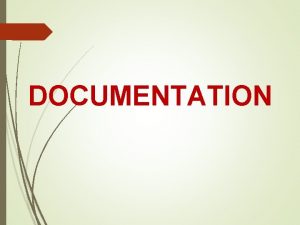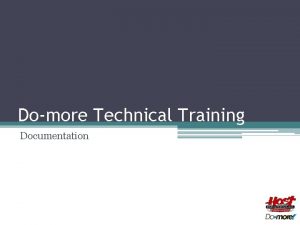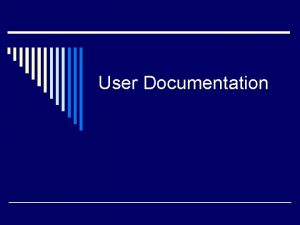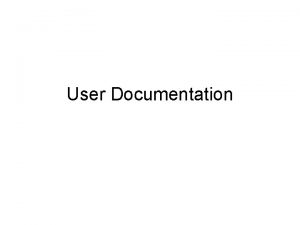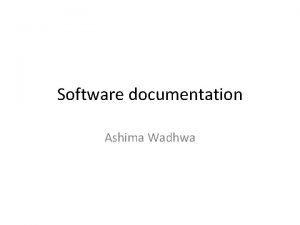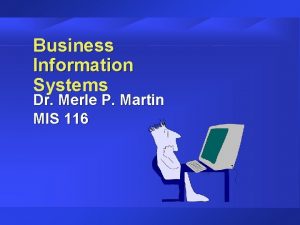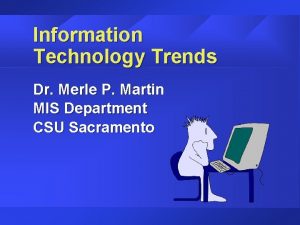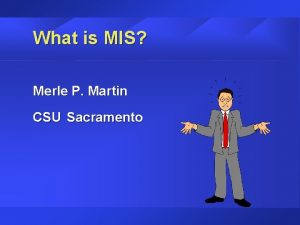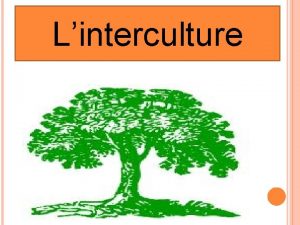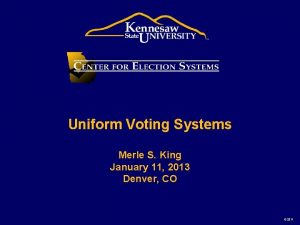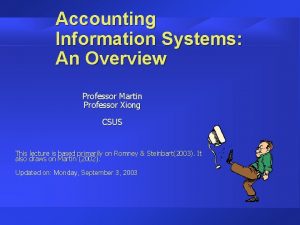Systems Documentation Techniques Professor Merle Martin Professor Yan













































- Slides: 45

Systems Documentation Techniques Professor Merle Martin Professor Yan Xiong College of Business CSU Sacramento 2/6/023

Agenda Why Document System t Data Flow Diagrams t Flowcharts t Difference between DFDs and Flowcharts t

Why Document t User confidence that you Systems? understand system t Successive refinement of detail down to programming level t Ease of Program Maintenance, System Modification, Reengineering, and Replacement

Why Document t Problem Solving Systems? t Humans solve complex problems by ubreaking them into smaller and smaller modules uuntil they fit into the human mind usolving the modular subproblems

Agenda Why Document Accounting Information Systems t Data Flow Diagrams (DFDs) t Flowcharts t Difference between DFD t

Data Flow Diagrams Data flow diagram (DFD) graphically describes flow of data within any system t Used to document existing systems and to plan and design new ones t No ideal way to develop a DFD u judgment within standard rules t

Data Flow Diagrams t Ø Ø DFD composed of only four elements: Data sources and destinations: External Entities Ø Another organization/organization unit which exchanges data with the focal system u A person who interacts with the system (customer of a banking system) u Another information system Data Flows Processes Data Stores: Temporary or permanent repository of data

DFD Symbols INPUT External Entity Source PROCESS OUTPUT Data External Process Flow Entity Sink Data Flow Data Store

DFD Symbols Customer Source Payment 1. 1 Process Payment deposit Bank Sink Remittance data Customer File

Data Flow Diagrams Explosion Data flow diagrams subdivided into successively lower levels in order to provide increasing amounts of detail t This decomposition process is called “explosion” t

Data Flow Diagram Explosion t Context Level Ist Level Explosion t 2 nd Level Explosion t Succeeding levels as necessary t Until reach primitive level u Ready to code t

Context Diagram Includes only u. External Entities u. Data Flows t All elements included on Context Diagram must be included somewhere on lower level diagrams t Data stores rarely included! t

Context Diagram Why discourage Data Stores on Context Diagram? u Author includes them t Context Diagram shows interaction of your system with outside world t Data Stores are INSIDE your system, not in outside world t

Purchase Inventory Requisition System Order Entry System Special Order Purchase Order Vendor 0 Purchasing Context Diagram Receiving System Purchase Order Notification

1 st Level Explosion Also includes all data flows and external entities t Now data stores are added t Excellent means of confirming understanding of system between analyst and client t Each process will be exploded into lower level DFDs t

Ist Level Explosion us t Inventory Sta Purchase 1 Requisition Edit Prob Inventory lems l a i Order c Problem Spe er Orders Approved Order 2 Order Set Ship Entry e s Mode a h c o r f u In P der Vendor r O Vendor Draft P. Orde r P. O. Copy 3 Prepare P. O. Noti-Receiving fication

2 nd and Succeeding Levels t Must be consistent with parent DFD u Same external entities u Same data stores u Same data flows

2 nd Level Explosion (Process 1) N ex t# Purchase 1. 1 Requisition Log-in Inventory l a i Order c e Inventory Sp er Logged-in Order s 1. 2 u Order t a t S Edit Entry Problem Order Problems Orders Log-in Edited #s Order 1. 3 Process Approved 2. 1 Order

DFD Rules -Process A. No process can have only outputs (a miracle) B. No process can have only inputs (a black hole) C. Verb phrase labels

DFD Rules -- Data Store D. Data cannot move directly from one data store to another data store -- it must be moved by a process. E. Data cannot move directly from an outside source to a data store -- it must be moved by a process. F. Data cannot move directly to an outside sink from a data store -- it must be moved by a process. G. Noun phrase label

DFD Rules -- Source / Sink H. I. Data cannot move directly from a source to a sink. It must be moved by a process. Noun phrase label

DFD Rules -- Data Flow J. A data flow has only one direction of flow between symbols; a data flow may flow in both directions to and from a data store (usually two symbols) K. A fork in a data flow means that exactly the same data goes to two different processes or data stores.

DFD Rules -- Data Flow L. A data flow cannot go directly back to the same process it leaves M. A data flow to a data store means update (delete or change) N. A data flow from a data store means retrieve or use O. Noun phrase label

Other DFD Issues t Two additional guidelines u Inputs to a process are different from outputs of that process u Every process in a DFD has a unique name

Exercise Draw a Context Diagram and a 1 st level explosion Current System Description for the payroll system at No-Wear Products. t Time data are recorded in each department using time cards and clocks. t The time data are sent to the payroll by different departments. t Payroll clerks review the time data for their completeness. t Human resources send the payroll data on personnel changes, such as increases in pay rates and new employees. t Payroll clerks update the payroll file based on these changes. t At the end of the period, payroll clerks enter the time card data into the payroll file for processing. The payroll supervisor reviews the file and makes necessary corrections. t Payroll clerks send the direct payments to the bank and

Agenda Why Document Accounting Information Systems t Data Flow Diagrams t Flowchart t Difference between DFD and Flowchart t

Flowcharts A flowchart is an analytical technique used to describe some aspect of an information system in a clear, concise, and logical manner. t Flowcharts use a standard set of symbols to pictorially describe transaction processing procedures. t

Flowchart Symbols t Flowcharting symbols can be divided into the following four categories: 1 Input/output symbols 2 Processing symbols 3 Storage symbols 4 Flow and miscellaneous symbols

Flowcharting Symbols: Input Symbol Name Output Symbols Document Online keying Display Input/output; Journal/ledger

Flowchart Symbols: Processing symbols Symbol Name Manual operations Computer processing Auxiliary operation

Flowchart Symbols: Storage Symbols Symbol Name Magnetic disk Magnetic tape

Flowchart Symbols: Flow and miscellaneous Symbol Name Document or processing flow On-page connector Off-page connector Terminal Decision

What are Document Flowcharts? t t t A document flowchart illustrates the flow of documents and information between areas of responsibility within an organization. A document flowchart is particularly useful in analyzing the adequacy of control procedures. Flowcharts that describe and evaluate internal controls are often referred to as internal

What are Computer System Flowcharts? System flowcharts depict the relationship among the input, processing, and output of an AIS. t A system flowchart begins by identifying both the inputs that enter the system and their origins. t The input is followed by the processing portion of the t

What are Computer System Flowcharts? The resulting new information is the output component. t System flowcharts are an important tool of system analysis, design, and evaluation. t

What are Computer System Flowcharts? Input Storage Process Output

What are Program Flowcharts? A program flowchart describes the specific logic to perform a process shown on a systems flowchart. t A flow line connects the symbols and indicates the sequence of operations. t The processing symbol represents a data movement or arithmetic calculation. t

What are Program Flowcharts? Input data If a condition is met Yes Perform calculation Update record No

What are Program Flowcharts? t t t The input/output symbol represents either reading of input or writing of output. The decision symbol represents a comparison of one or more variables and the transfer of flow to alternative logic paths. All points where the flow begins or ends are represented by the terminal symbol.

Flowchart for Processing Credit Orders Start Enter sales order Approved for credit? No Reject order No Backorder Yes Inventory available? Yes Fill order Stop

t Example. Flowcharts The Dewey Construction Company processes its payroll transactions to update both its payroll master file and its work-inprocess master file in the same computer run. Both the payroll master file and the work-inprocess master file are maintained on disk and accessed directly. Data to be input to this system are keyed onto a tape using a key-to-tape encoder. This tape is then processed to update the files. This processing run also produces a payroll register on magnetic tape, employee paychecks and earnings statements, and a printed report listing error transactions and summary information. Prepare a system flowchart of the process


Agenda Why Document Accounting Information Systems t Data Flow Diagrams t Flowchart t Difference between DFD and Flowchart t

Differences Between DFDs and Flowcharts DFDs emphasize the flow of data and what is happening in a system, whereas a flowchart emphasizes the flow of documents or records containing data. t A DFD represents the logical flow of data, whereas a flowchart represents the physical flow of data. t

Differences Between DFDs and Flowcharts are used primarily to document existing systems. t DFDs, in contrast, are primarily used in the design of new systems and do not concern themselves with the physical devices used to process, store, and transform data. t
 Dr merle martin
Dr merle martin Dr merle martin
Dr merle martin A data flow diagram (dfd) is composed of which elements
A data flow diagram (dfd) is composed of which elements System documentation techniques
System documentation techniques Systems documentation techniques
Systems documentation techniques System documentation techniques
System documentation techniques System documentation techniques
System documentation techniques Merle crawford
Merle crawford Dr merle rust
Dr merle rust Merle sepp
Merle sepp Prantsuse kirjanik merle
Prantsuse kirjanik merle Noirmle
Noirmle John fazio marietta college
John fazio marietta college Skisoidne isiksus
Skisoidne isiksus Tarneahela juhtimine
Tarneahela juhtimine Merle kangal
Merle kangal Neuroimaging
Neuroimaging Promotion from associate professor to professor
Promotion from associate professor to professor Professor martin marshall
Professor martin marshall Professor martin brown
Professor martin brown Lockheed martin clayton
Lockheed martin clayton Fonctions techniques et solutions techniques
Fonctions techniques et solutions techniques Geographical scalability
Geographical scalability Yan oi tong tin ka ping primary school
Yan oi tong tin ka ping primary school Termal konfor şartlarını etkileyen yan faktörler
Termal konfor şartlarını etkileyen yan faktörler Polat haqida malumot
Polat haqida malumot Pfizer organisational structure
Pfizer organisational structure Tek yan bant genlik modülasyonu
Tek yan bant genlik modülasyonu Kubun tam səthinin sahəsi
Kubun tam səthinin sahəsi Yan gobeil
Yan gobeil Dorsalisan
Dorsalisan Akgünlük faranjit
Akgünlük faranjit Hailun yan
Hailun yan Prizma nedir
Prizma nedir ünlem cümlesi
ünlem cümlesi Yan cümlecik nedir
Yan cümlecik nedir Houmin yan
Houmin yan Silindrin ox kəsiyi
Silindrin ox kəsiyi Akdang salin ni lualhati bautista
Akdang salin ni lualhati bautista Amikozit 100 mg bebeklerde yan etkileri
Amikozit 100 mg bebeklerde yan etkileri Yan chen northwestern
Yan chen northwestern Tui ag yan kuruluşları
Tui ag yan kuruluşları Bacaklar kapalı ayakta duruş
Bacaklar kapalı ayakta duruş Porto kaval anastomozlar nedir
Porto kaval anastomozlar nedir Lisa yan stanford
Lisa yan stanford Captcha
Captcha
